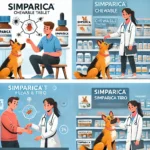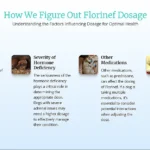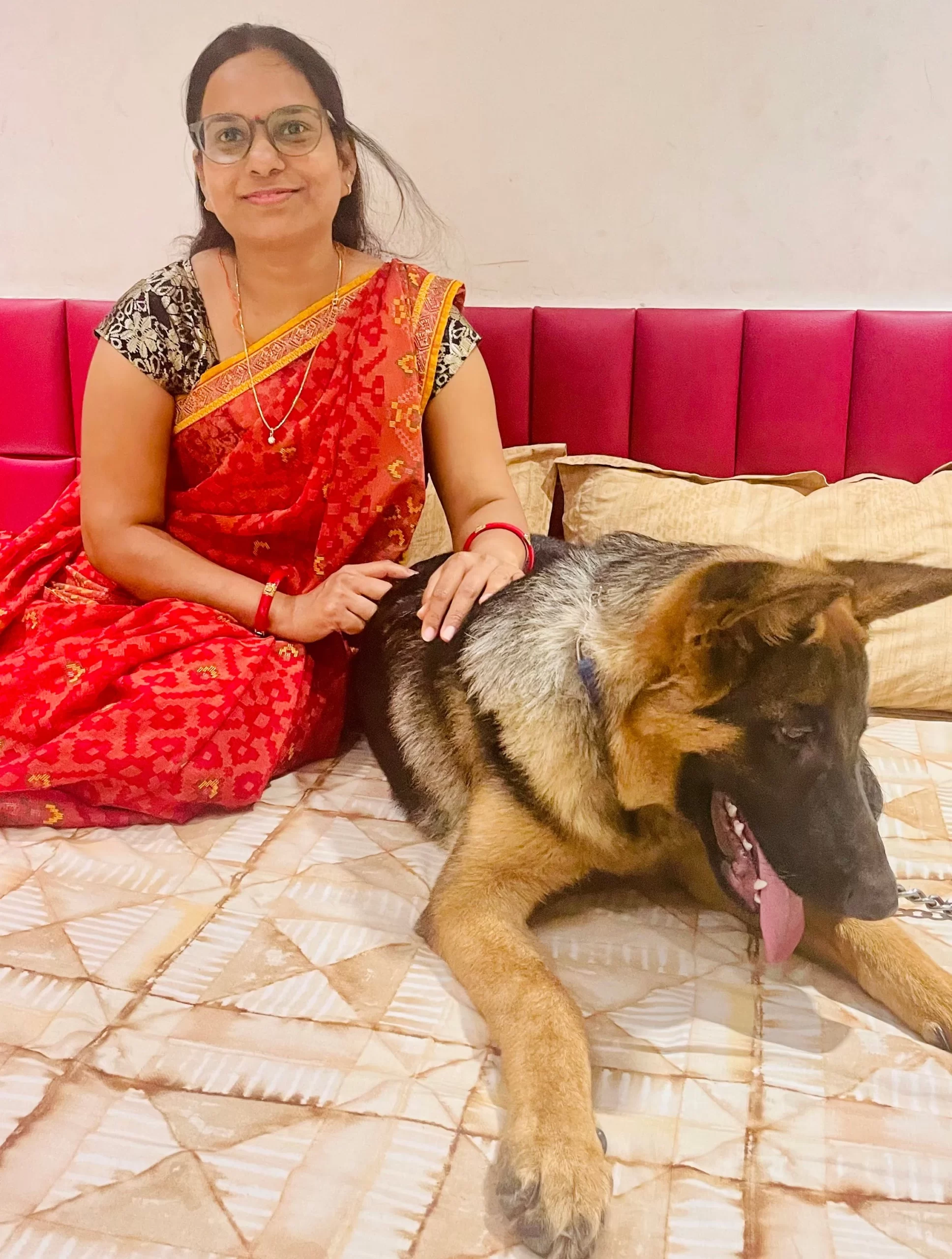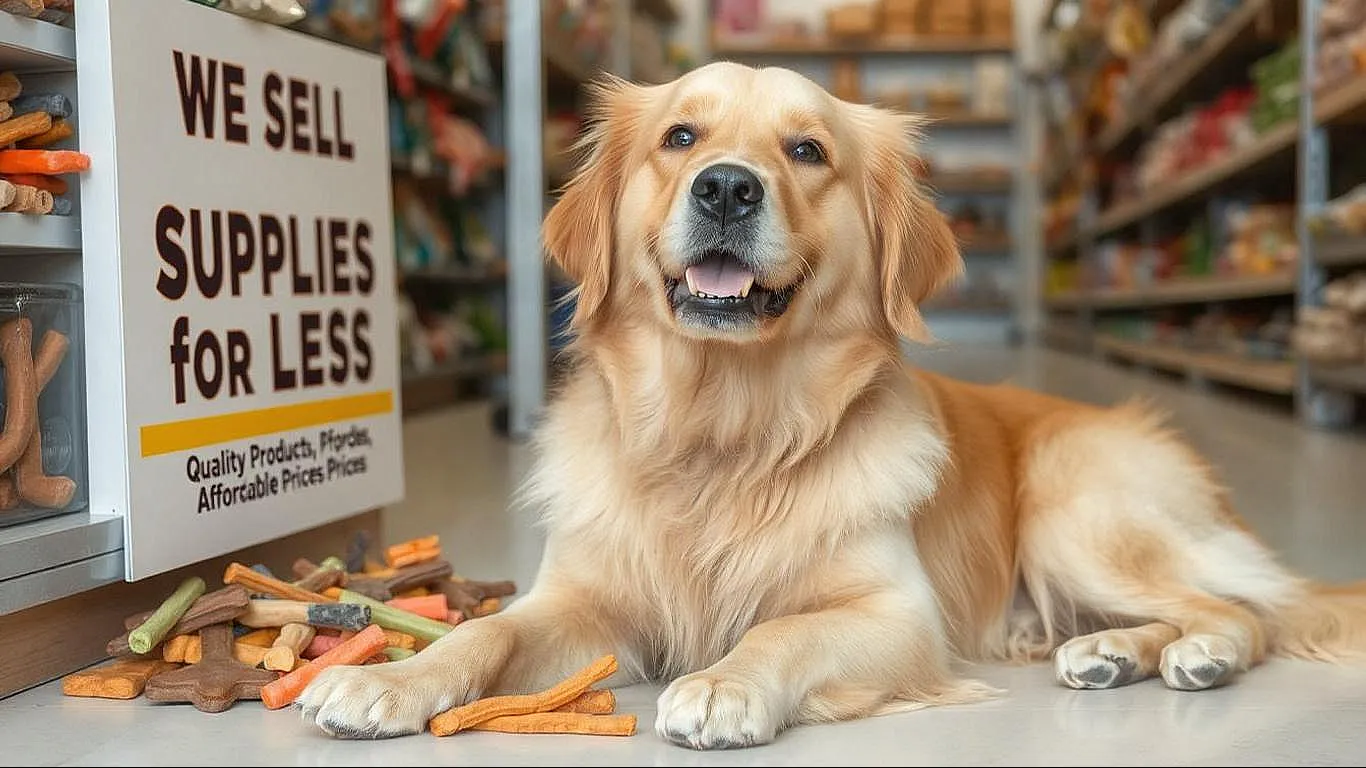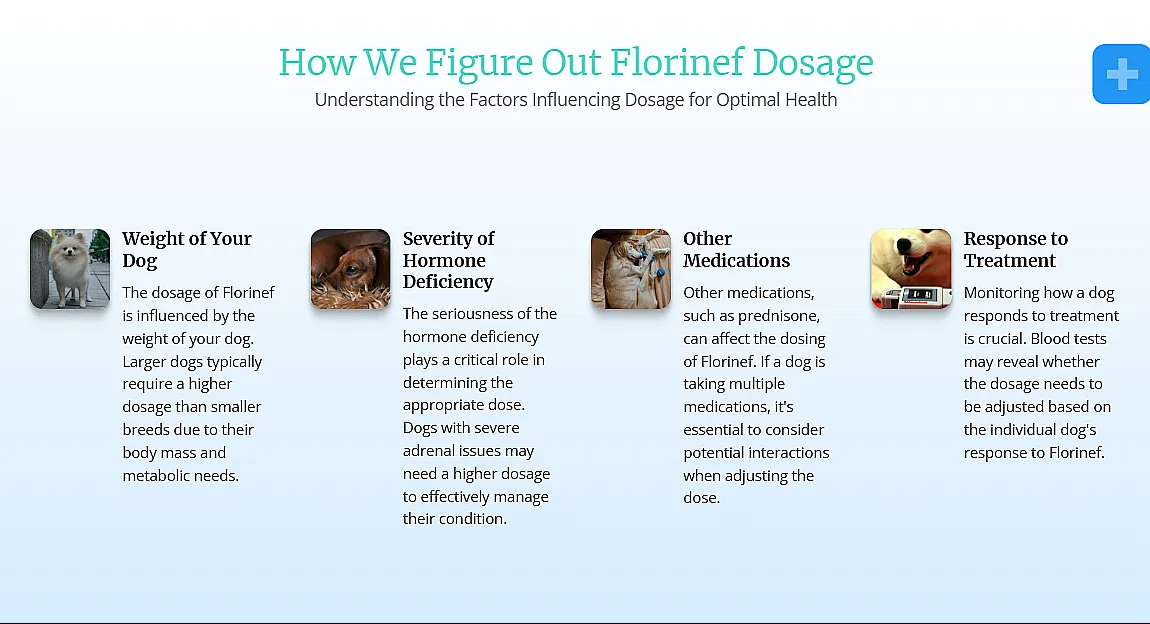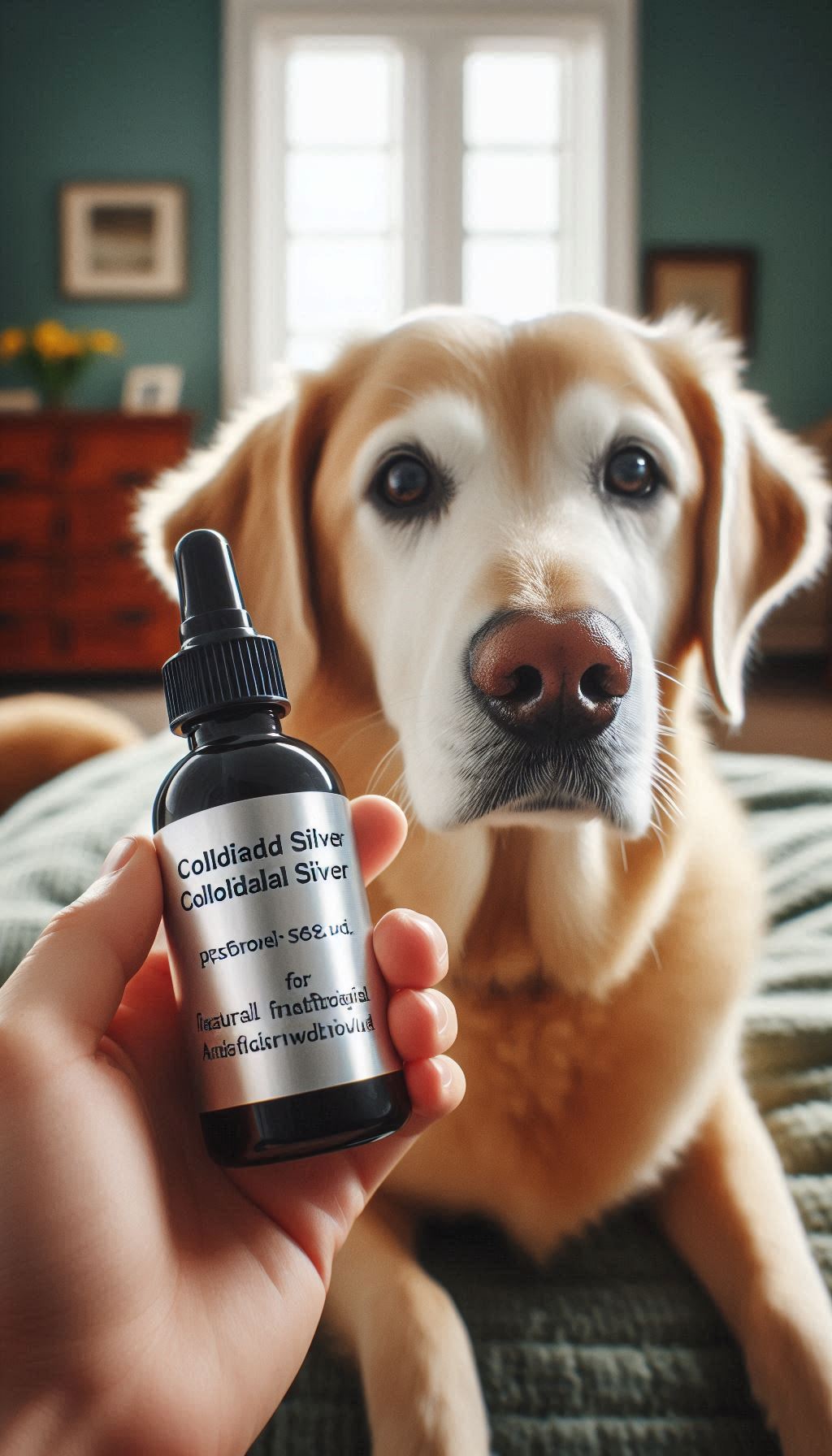As a responsible dog owner, ensuring your furry friend’s health and safety is paramount. One of the most important aspects of your dog’s well-being is the food they eat.
However, with so many options available in the market, it can be challenging to make sure you are providing your dog with safe and nutritious food. In this article, I will cover everything you need to know about ensuring your dog’s food is safe, including tips, best practices, and potential hazards.
Understanding Dog Food Labels
Reading and understanding dog food labels is the first step in ensuring your dog’s food is safe. Here are some critical elements to look for on the label:
Ingredients
Check the ingredient list for high-quality sources of protein like beef, chicken, turkey, or fish. Avoid foods that contain low-quality fillers like corn or soy, as they can cause digestive issues and allergies.
Nutritional Information
Make sure the food meets the minimum nutritional requirements set by the Association of American Feed Control Officials (AAFCO) for your dog’s age and breed.
Guaranteed Analysis
The guaranteed analysis section of the label provides information on the minimum and maximum levels of nutrients like protein, fat, and fiber in the food. Ensure that the levels are appropriate for your dog’s needs.
Home-Cooked vs. Commercial Dog Food
While home-cooked meals for dogs can be nutritious and healthy, it’s essential to understand the potential risks. Here are some advantages and disadvantages of home-cooked and commercial dog food:
Home-Cooked Food
Pros:
- You have complete control over the ingredients
- Can be tailored to your dog’s specific dietary requirements
Cons:
- Nutritional imbalances can occur
- Risk of contamination if not prepared and stored properly
Commercial Dog Food
Pros:
- Meets AAFCO‘s minimum nutritional requirements
- Convenient and readily available
Cons:
- Quality can vary between brands
- Some ingredients may not be ideal for your dog
Avoiding Common Hazards in Dog Food
Even with diligent research and reading of labels, there are still potential hazards in dog food. Here are some common ones to avoid:
Artificial Preservatives
Artificial preservatives like BHA, BHT, and ethoxyquin are often used in dog food. However, they have been linked to health issues like cancer and kidney damage. Opt for natural preservatives like vitamin C or E instead.
Raw Food
While a raw food diet may seem natural, it poses several health risks, including bacterial infections like salmonella and E. coli. Cooked food is safer and easier to digest for your dog.
Grain-Free Diets
While grain-free diets have been popular in recent years, they are not necessarily healthier for your dog. In fact, some grain-free diets contain ingredients like legumes and potatoes, which have been linked to heart disease in dogs.
Best Practices for Storing Dog Food
Proper storage of dog food is critical to avoid contamination and spoilage. Here are some best practices:
Keep Food in Airtight Containers
Use airtight containers to store your dog’s food to keep it fresh and avoid contamination.
Check for Expiration Dates
Make sure to check the expiration date on the food before purchasing and storing it. Dispose of any expired food immediately.
Store in A Cool, Dry Place
Store dog food in a cool, dry place, away from direct sunlight and moisture.
Conclusion
Ensuring your dog’s food is safe and nutritious is essential for their health and happiness. By understanding dog food labels, avoiding common hazards, and following best practices for storage, you can provide your furry friend with the best possible diet. Always consult with your veterinarian if you have any concerns about your dog’s diet or health.
FAQs
What should I look for in dog food labels?
Look for high-quality sources of protein, minimum nutritional requirements set by AAFCO, and appropriate nutrient levels in the guaranteed analysis.
Is home-cooked food better for my dog?
While home-cooked food can be healthy, there is a risk of nutritional imbalances and contamination if not prepared and stored correctly.
What are some common hazards in dog food?
Artificial preservatives, raw food, and grain-free diets can pose health risks to your dog.
Can I store dog food in the fridge?
Yes, you can store dog food in the fridge, but make sure to use an airtight container and check for expiration dates.
Should I consult my veterinarian about my dog’s diet?
Yes, it’s always a good idea to consult with your veterinarian if you have any concerns about your dog’s diet or health.




